
India Kawasaki Motors has announced the launch of the Z650RS 50th Anniversary edition in our market. This variant of the Z650RS will be available in limited numbers. Here we list the top five highlights of the new Kawasaki Z650RS 50th Anniversary edition.
Price and Availability
The Z650RS 50th Anniversary edition, which has been priced at Rs 6,99,000, will be available in limited numbers. India Kawasaki Motors will only offer 20 units of the Z650RS 50th Anniversary in our market. The standard model, for reference, is available for Rs 6,92,000 (all prices are ex-showroom, Delhi).
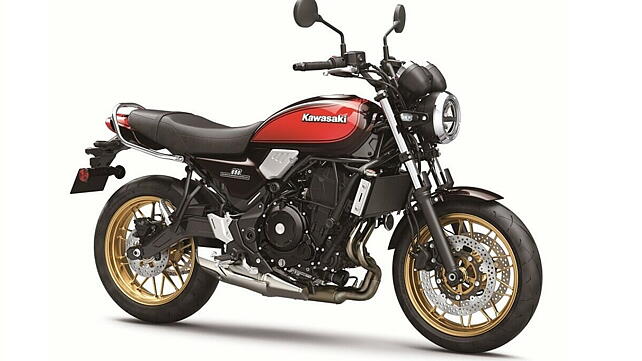
Styling Changes
The Kawasaki Z650RS 50th Anniversary edition commemorates the 50th anniversary of the iconic Kawasaki Z1. This limited-edition motorcycle features a special Candy Diamond Brown paint with a Gloss Black frame. The paint theme is inspired by the original Kawasaki Z1. The styling is further complemented by golden-coloured rims, a Z 50th logo on the top of the fuel tank, and a special textured leather seat with contrast colour stitching. The changes are limited to visual upgrades in the form of the new paint scheme. The design, on the other hand, remains identical to the standard Z650RS. Thus, the motorcycle retains a retro design that comprises a round headlight, twin-pod instrument cluster, a single-piece seat, chrome pillion grabrail, and an underbelly exhaust.
Features
Similar to the design, the features list remains unaltered. Thus, the 50th Anniversary edition retains full-LED lighting, semi-digital instrument cluster, and a dual-channel ABS. Unlike the Ninja 650 and the Z 650 roadster, the Z650RS range misses the Bluetooth connectivity function.
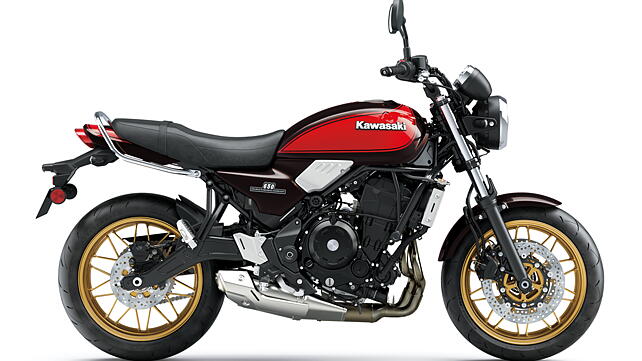
Engine
The mechanical specifications are identical to the standard Z650RS, and this limited-edition model continues to use the 649cc, parallel-twin, liquid-cooled engine. Linked to a six-speed gearbox, the motor produces 67.3bhp at 8,000rpm and 64Nm of peak torque at 6,700rpm.
Hardware
The suspension tasks are handled by telescopic forks at the front and a preload-adjustable rear mono-shock. The braking duties are performed by twin discs at the front and a single rotor at the back while the safety net, as mentioned above, includes a dual-channel ABS.

![Kawasaki Z650RS [2021-2023] Image Kawasaki Z650RS [2021-2023] Image](https://imgd.aeplcdn.com/272x153/n/cw/ec/106653/z650rs-right-front-three-quarter-6.jpeg?isig=0&q=80)
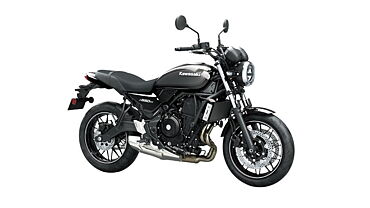
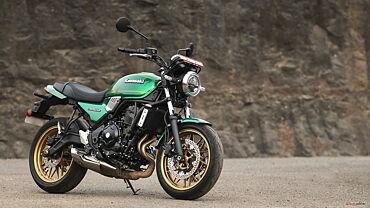

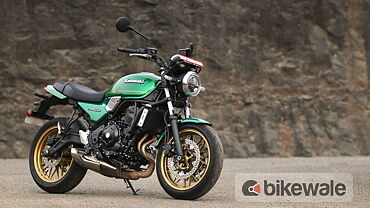
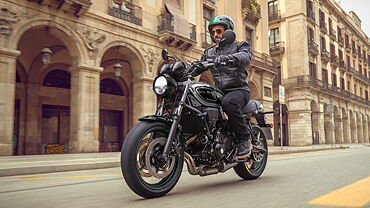

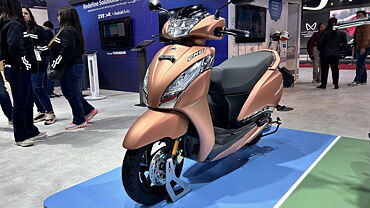
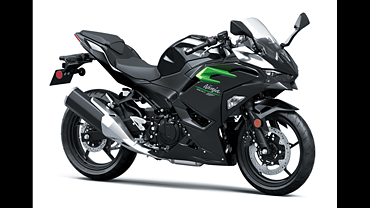
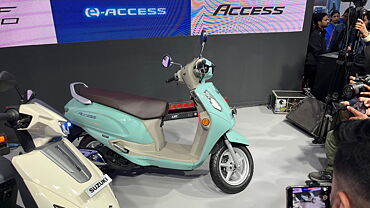
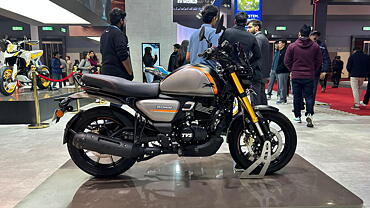



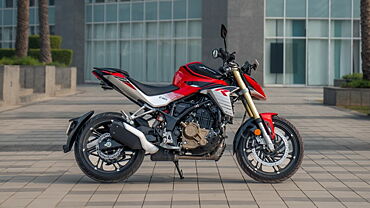

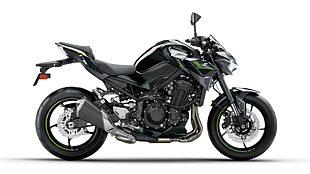
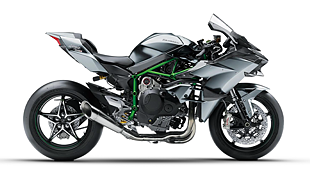






![KTM 390 Adventure X [2025] KTM 390 Adventure X [2025]](https://imgd.aeplcdn.com/272x153/n/cw/ec/190885/390-adventure-x-2025-right-side-view.jpeg?isig=0&q=80)